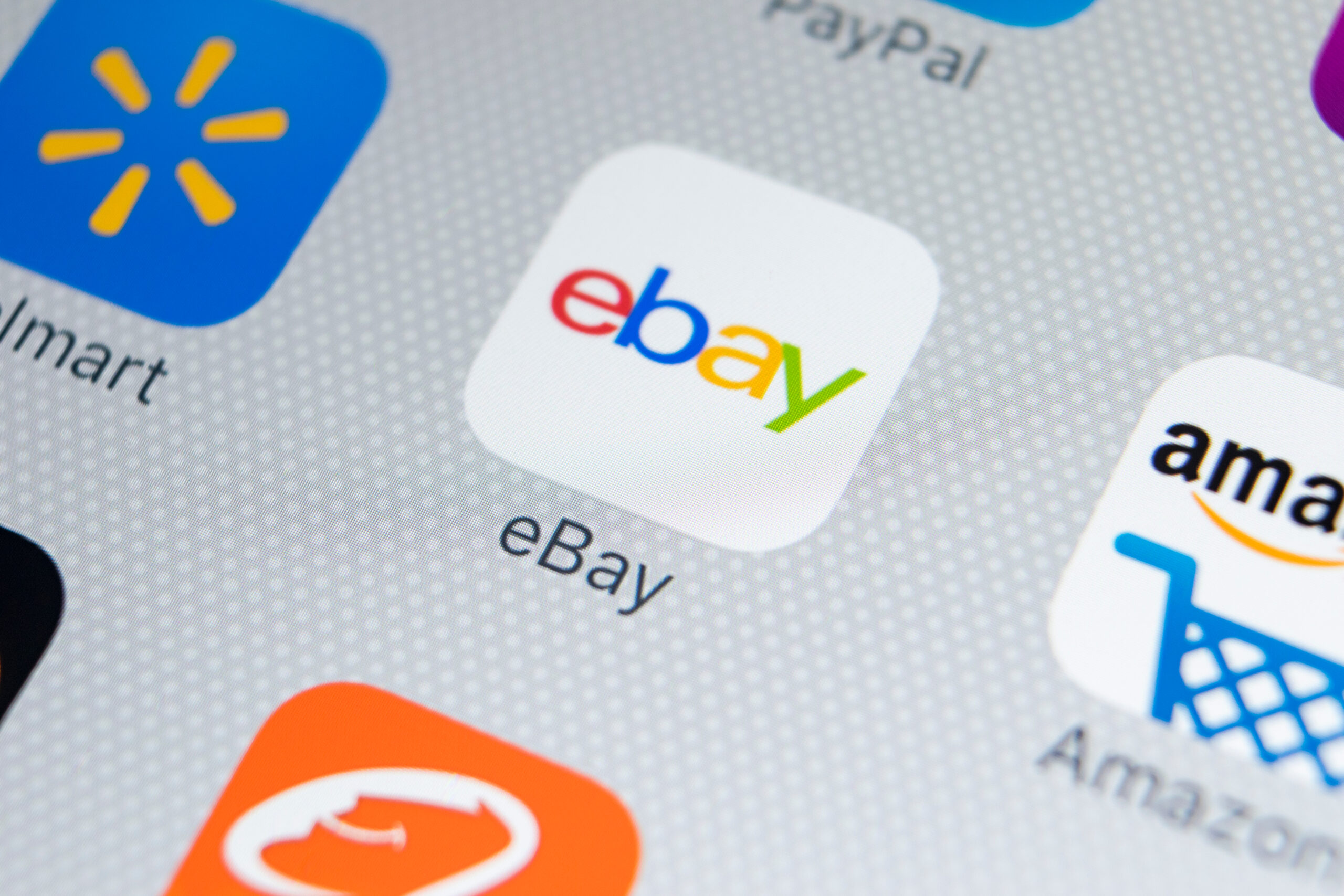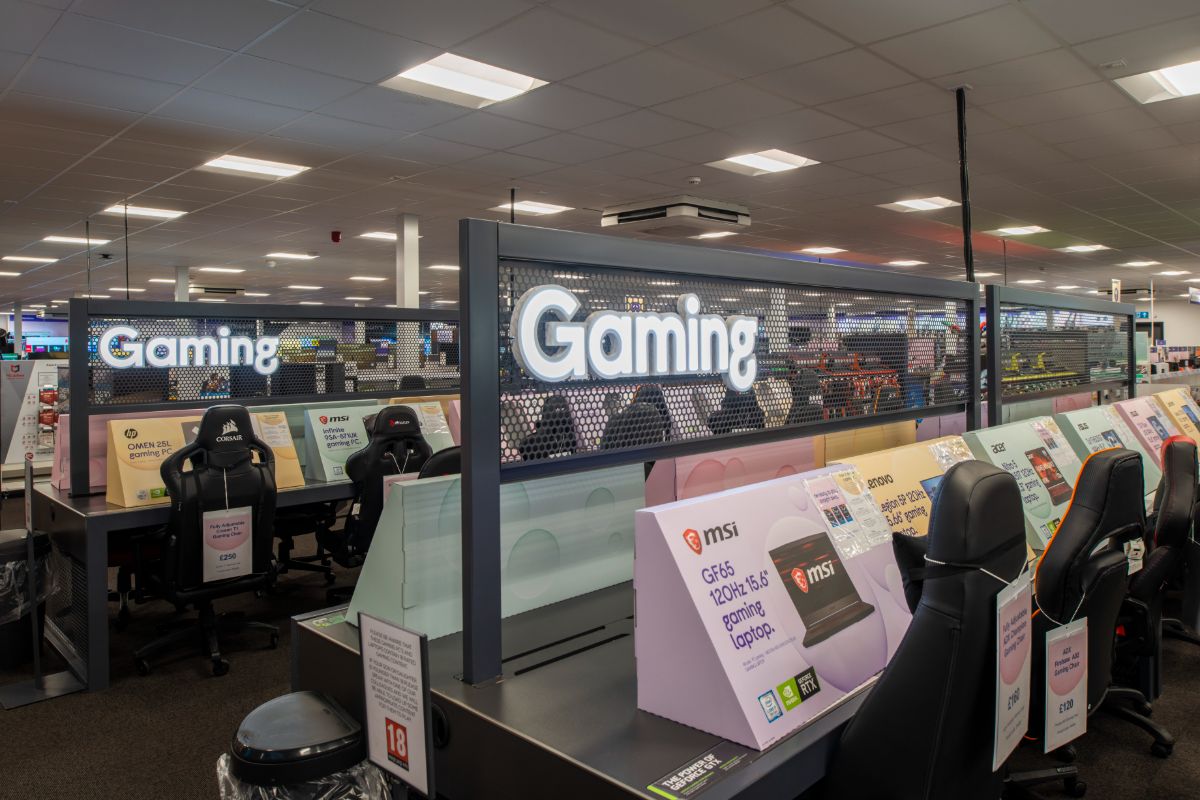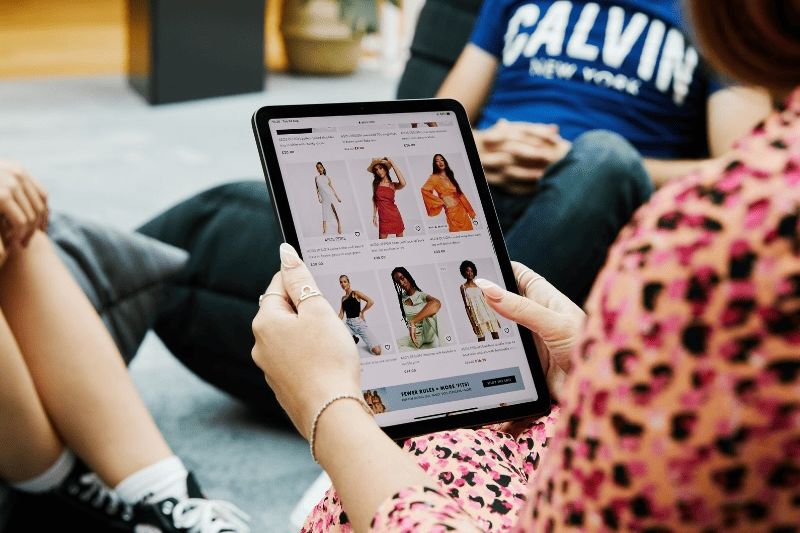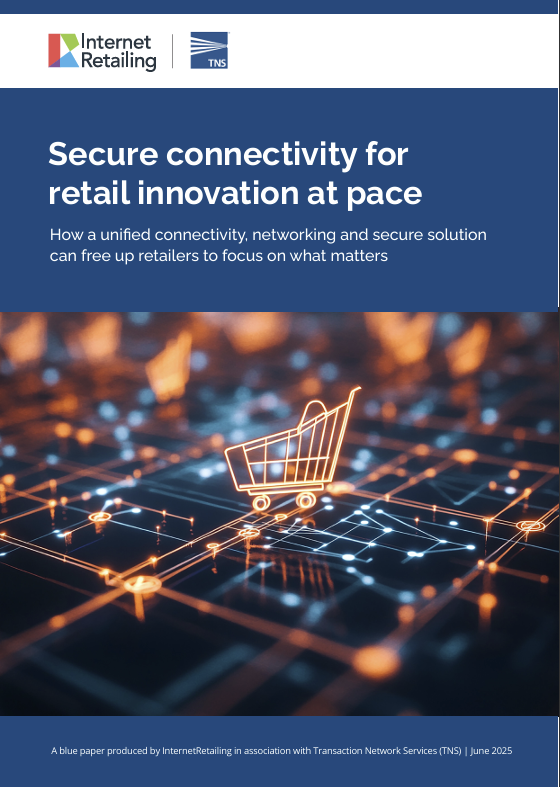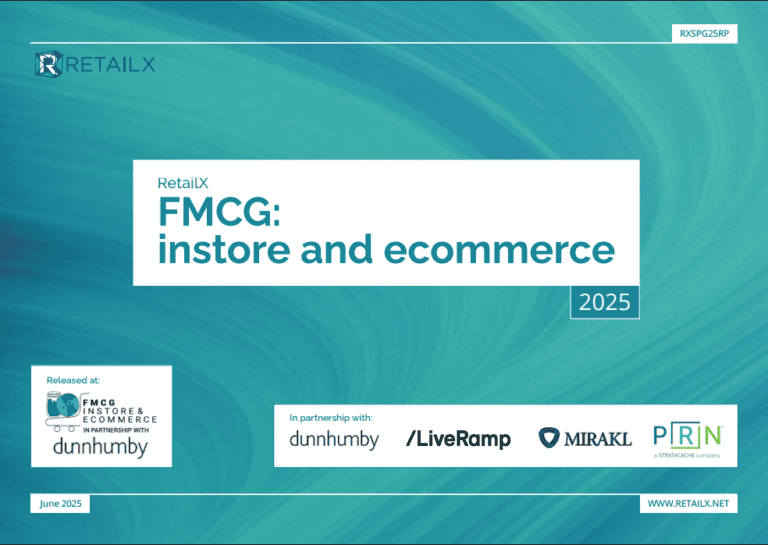The UK leads the world in mobile retail. And being out in front means that, along with other mobile-centric lands such as Japan and Korea, the UK is reaching the mobile verses desktop tipping point before anyone else.
So says the latest research out this week from Criteo, which says that looking at consumer behaviour, UK shoppers are now more mobile than desktop when it comes to shopping and that that trend is going to only increase.
In fact, in Criteo’s terms the UK and Japan have long passed parity with desktop and smartphones and apps are driving ever more mobility in the retail market. But are retailers up to speed?
It would appear not. Most know that mobile is important, but are still wedded to the belief that mobile is a niche interest tool that shoppers use until they can either get to a store or get to a desktop. This, the study shows, is very not the case any more.
In fact smartphones, adaptive websites and apps are driving volumes of sales as well as all the ‘peripheral’ actions such as research, reviews, social and more. How you can’t put mobile front and centre of your retail strategy is increasingly becoming moot.
This mobile drive is clearly demonstrated by Fitness First, the gym company. Gyms face the on going problem of getting people to keep coming back and to keep renewing membership – it’s not that different from any retailer: they need loyalty and returning customers.
Fitness First, as part of the usual cycle of refreshing its app, has taken the step of making mobile a key part of it strategy to get people to engage with the brand and keep coming back for more.
And it is a canny strategy that most retailers can learn from. Using wearables, apps and mobile loyalty it is hoping to link what people do in the gym with the exercise they do outside the gym and use that to keep them engaged.
As our interview with the brains behind the implementation shows, the company is also looking to use the data it can glean from connected devices about these habits to personalise workouts and, of course, sell products and services to its members.
In short, it uses mobile to create a package of personalised things for the user.
And this is what mobile is all about. It turns your customers into ‘members’ or even friends, which you can ‘know’ individually and treat as such. This is why mobile will overcome the tipping point and surpass desktop as the way people shop and one day desktop will just be the poor cousin of mobile before it eventually disappears… we are but a few iterations of iPhones away from that happening – with or without the phone jack.

